Open cars have been a part of the automotive experience from the very beginning. Once the cheapest body style in a car’s lineup, the convertible evolved into one of the most expensive and prestigious. And then, just like that, convertibles disappeared from the American landscape. Our Pick of the Day is Plymouth’s last full-size convertible, a 1970 Fury III. It is listed for sale on ClassicCars.com by a dealership in Tampa. (Click the link to view the listing)
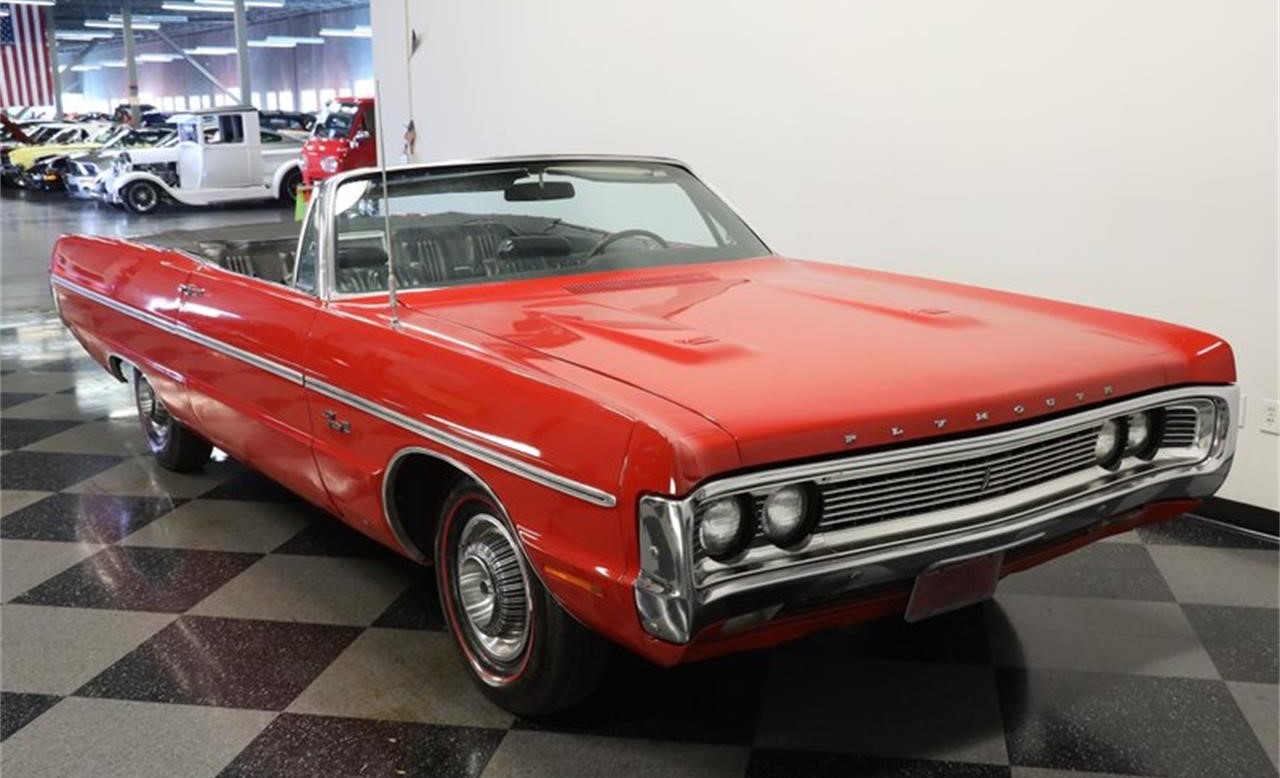
For the 1969 model year, the Chrysler Corporation introduced its “Fuselage” designs for full-size Plymouth, Dodge, Chrysler, and Imperial models. These redesign did away with the conservative, straight-edged style that had been produced since 1965. “Your next car can have a fuselage-frame that curves up and around you in one fluid line,” said Chrysler. “Close the window and the arc is complete. From under the doors to over the cockpit. Inside your next car, a cool, quiet room of curved glass and tempered steel. Soft, contoured seats and easy-to-read gauges. A controlled environment for you and each individual passenger. Your next car can have no protruding chrome, bumps, knobs, gargoyles, or wasted space. It can be an extension of your own exhilaration of movement. Your next car can be a car you can move up to. Without effort. Your next car is here. Today.”
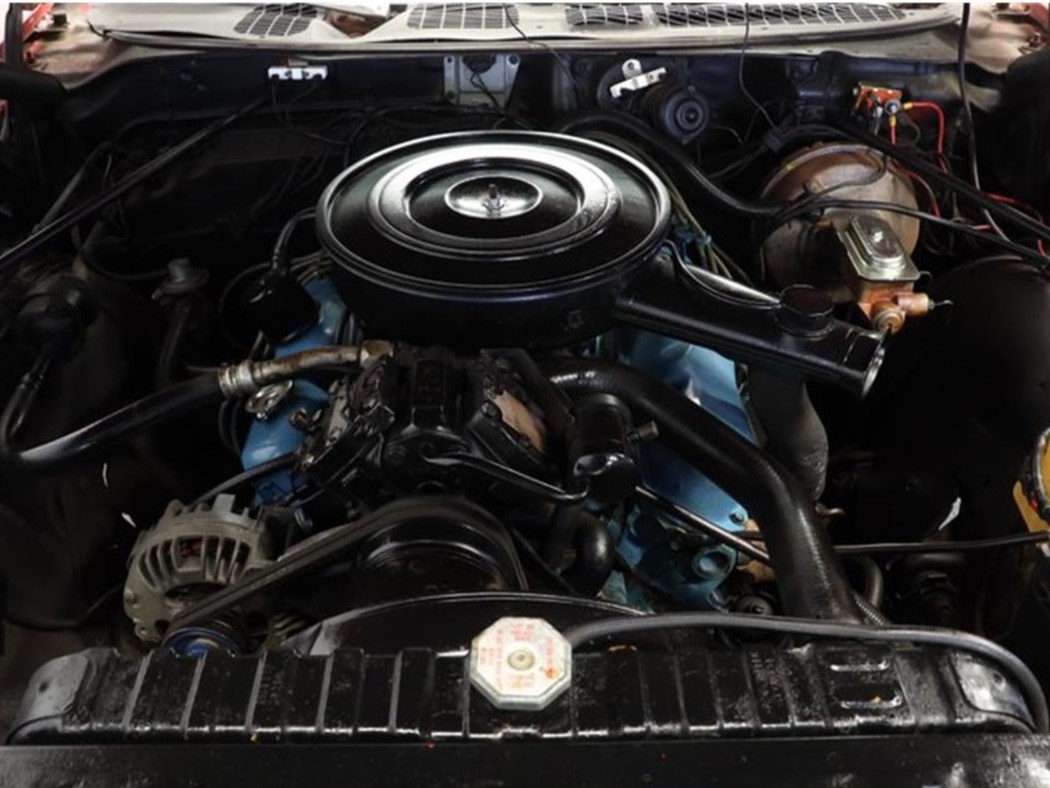
That year, Plymouth’s full-size series consisted of the Fury I, Fury II, Fury III, Sport Fury, and VIP, with the convertible body style available for the Fury III and Sport Fury models. For 1970, the Sport Fury convertible was discontinued (as was the entire VIP model), leaving the Fury III convertible as the sole open-air Plymouth among the full-size models. It came standard with a 230-horsepower 318 but was available with two 383s and a 440 four-barrel with 350 horsepower. Nineteen sixty-eight was the last year of the four-speed so the only manual transmission available was the standard three-speed, available for the 318 and 383 two-barrel.
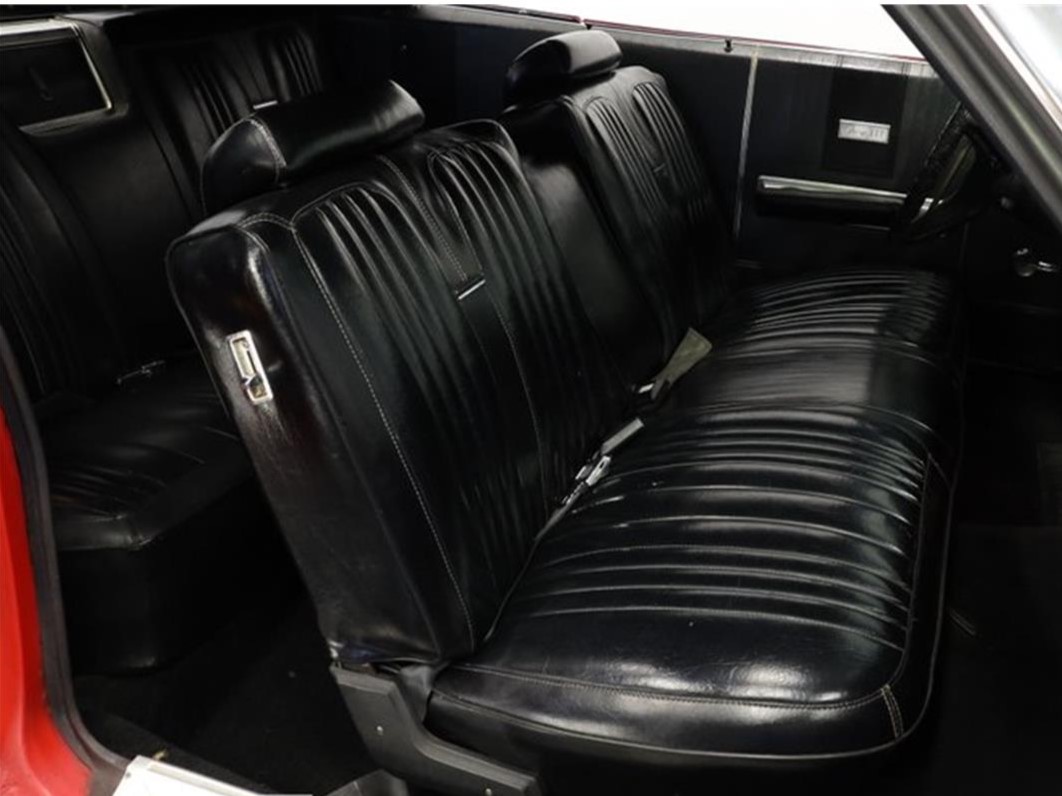
After 1970, there would be no more full-size Plymouth convertibles. The same would hold true for mid-size Plymouths, though the Barracuda convertible would last one more year. That was it until Chrysler revived the convertible on the K-car platform in 1982.
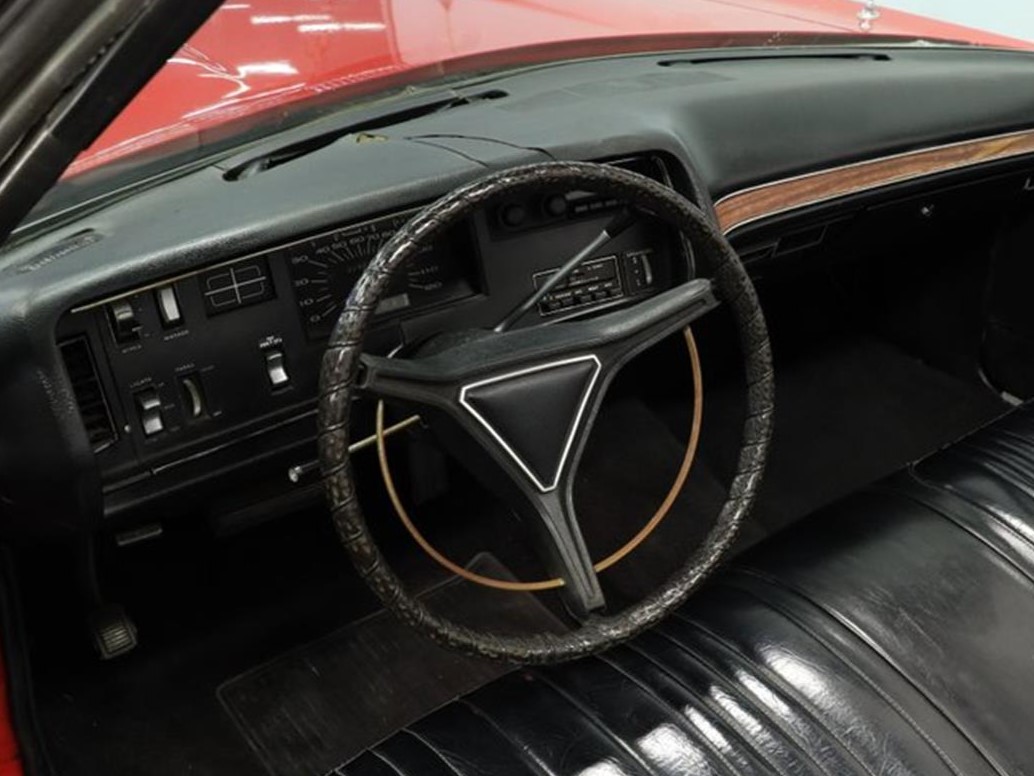
This Scorch Red (code ER6) 1970 Plymouth Fury III convertible is a fine example of the last of the topless behemoths. In “the golden era of the early 1970s, it didn’t get much bigger or more imposing than the 1970 Plymouth Fury III,” says the seller. Under the hood rests a numbers-matching 318 backed by the optional TorqueFlite automatic. Note the charcoal and black vinyl split-back bench seat (code M4XA) with folding center armrest, which was the standard seat for the convertible and optional on other Fury IIIs. Power steering and brakes, 15-inch Sport Wheel Covers, and air conditioning are notable options, though the seller says the latter needs servicing.
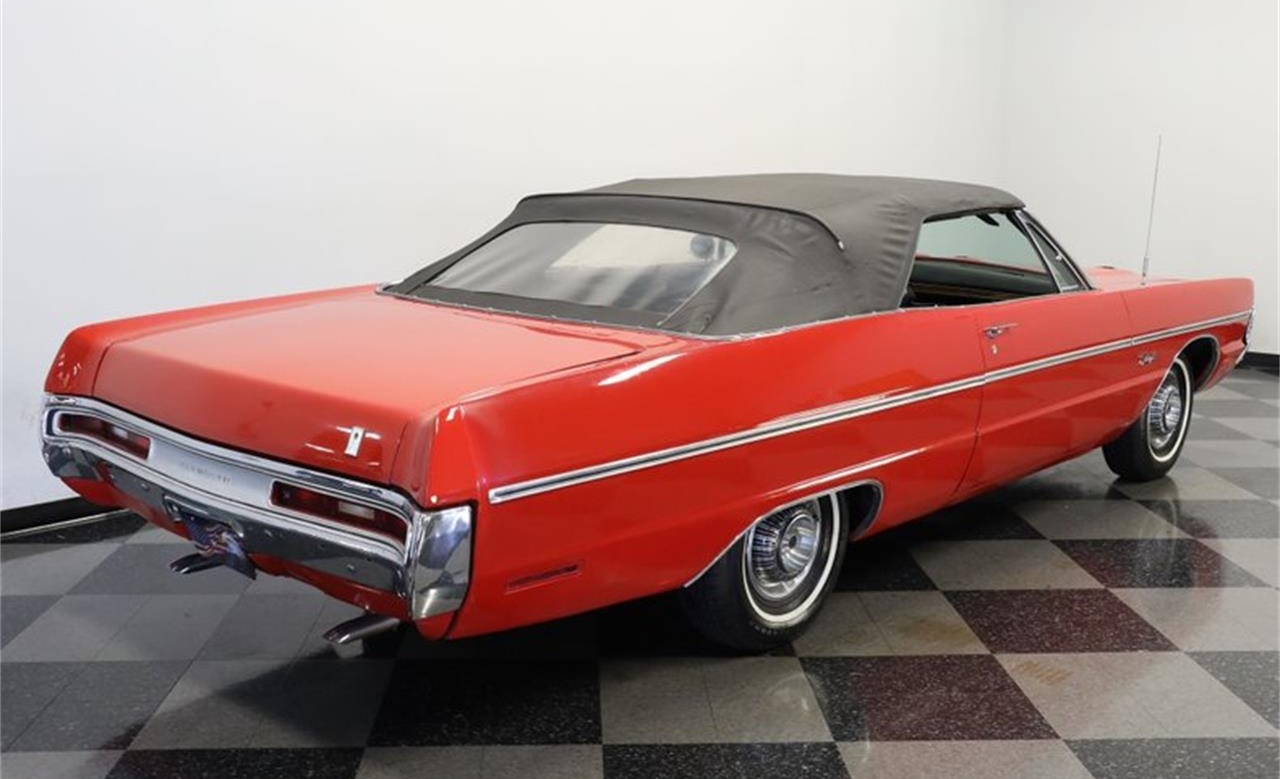
“So this Fury has the kind of size that makes you see if there’s a drive-in anywhere near you just because of how sizable and comfortable it is,” adds the seller. “Taking it for a drive means floating down the road and instantly understanding the allure of a time when American cars ruled with their size.” Best of all, a cruiser such as this doesn’t have to cost you an arm and a leg to own, as evidenced by the $19,995 price. “So when something this alluring is also priced so nicely, you know you can’t miss this deal!” Agree?
To view this listing on ClassicCars.com, see Pick of the Day.






Do you take a trade?
Have a 2013 Rally Yellow wanting to sell?
There are links in the story that can take you to the actual ad, upon which you can message the seller.
Drum or Disc brakes?
You need to reach out to the seller. The seller’s ad is linked in the article.
Drum or Disc brakes?